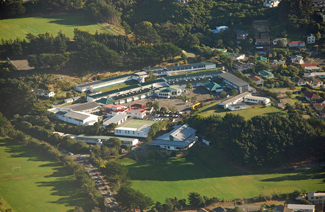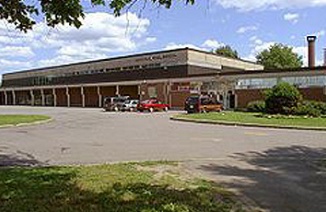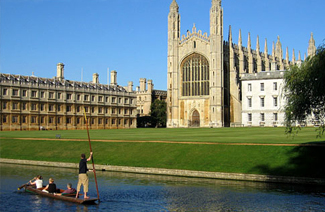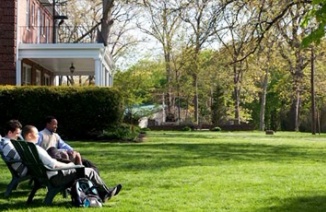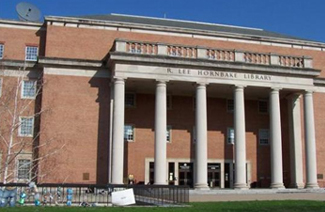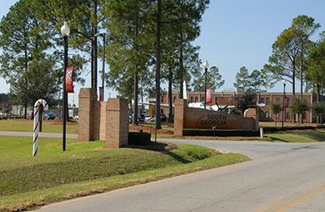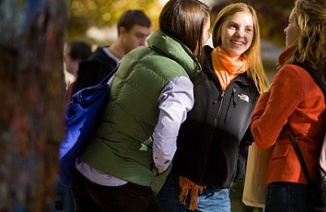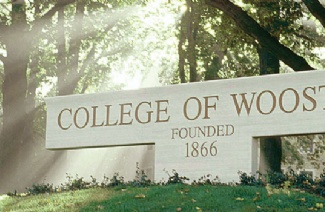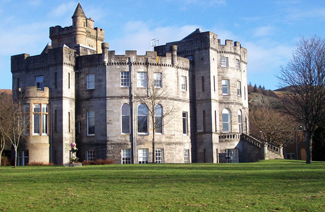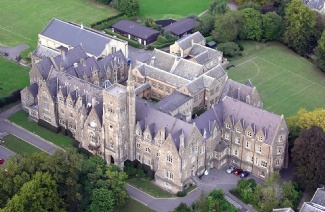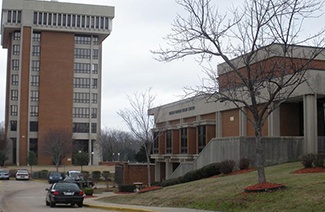综合写作25
Reading
In 1938 an archaeologist in Iraq acquired a set of clay jars that had been excavated two years earlier by villagers constructing a railroad line. The vessel was about 2,200 years old. Each clay jay contained a copper cylinder surrounding an iron rod. The archaeologist proposed that vessel were ancient electric batteries and even demonstrated that they can produce a small electric current when filled with some liquids. However, it is not likely that the vessels were actually used as electric batteries in ancient times.
First of all, if the vessels were used as batteries, they would probably have been attached to some electricity conductors such as metal wires. But there is no evidence that any metal wires were located near the vessels. All that has been excavated are the vessels themselves.
Second, the copper cylinders inside the jars look exactly like copper cylinders discovered in the ruins of Seleucia, an ancient city located nearby. We know that the copper cylinders from Seleucia were used for holding scrolls of sacred texts, not for generating electricity. Since the cylinders found with the jars have the same shape, it is very likely they were used for holding scrolls as well. That no scrolls were found inside the jars can be explained by the fact that the scrolls simply disintegrated over the centuries.
Finally, what could ancient people have done with the electricity that the vessels were supposed to have generated? They had no devices that replied on electricity. As batteries, the vessels would have been completely useless to them.
Summarize the points made in the lecture, being sure to explain how they support/contradict specific points made in the reading passage.
Listening
Your reading says that these vessels were not used as batteries in ancient times, but the arguments used in the reading are not convincing. The battery explanation could very well be correct.
First, about the absence of wires or other conductors. Remember, vessels were discovered by local people, not archaeologists. These people might have found other material located near the jars. But since they were not trained archaeologists, they may not have recognized the importance of that material. So materials serving as wires or conductors might have been overlooked as uninteresting or even thrown away. We'll never know.
Second, it is true that the copper cylinders in the vessels are similar to the cylinders used to hold scrolls, but that does not really prove anything. It's possible that the copper cylinders were originally designed to preserve scrolls. And that some ancient inventor later discovered that if you use them together with iron rods and some liquid in a clay vessel, they will produce electricity. That's how the first ancient battery could have been born. In other words, the copper cylinders could have been originally used for one purpose, but then adapted for another purpose.
Finally, there's the question of the possible uses of the battery in the ancient world. Well, the battery could produce a mild shock or tingling sensation when someone touched it. This could very well have been interpreted as evidence of some invisible power. You can easily see how people could convince others that they had magical powers through the use of the battery. Also, the battery could have been used for healing. Modern medicine uses mild electric current to stimulate muscles and relieve aches and pains. Ancient doctors may have used the batteries for the same purpose.
一、阅读听力要点概括
Reading Passage
Main points: The Vessels found which has battery functions are not likely to be used as batteries in ancient times.
Sub point 1: Vessels were not found with metal conductors.
Sub point 2: Similar vessels found in Seleucia were used for holding scrolls.
Sub point 3: Ancient people have no need of electricity.
Lecture
Attitude: Not convincing.
Sub Point 1: Absence of metal conductors could be caused by people’s lack of experience.
Sub Point 2: Similarity does not necessarily mean vessels were never used as batteries. (Adapt to purpose)
Sub Point 3: Battery can be used for magic or healing.
Answer
二、范文逐段赏析
Paragraph 1
A contrast of opinions concerning the likelihood of an excavated artifact’s possible function as ancient batteries is evident in both the reading passage and the lecture. The main contrasts are as follows.
此段功能:
(Listening passage后文提到用L代替)
(Reading passage后文用R代替)
以L为根本,指出L对R的怀疑关系,并一句话总结了L和R争论的焦点,即开采的artifact手工艺品(vessels)是古代电池的可能性。随即告诉读者即将展开讨论。
此段结构:
首段第一句话以L出发,确认逻辑。第二句告诉读者讨论即将开始。
Paragraph 2
Firstly, the reading challenges the proposition that the vessel is a battery by pointing out the fact that there’s no electrical conductor, such as a metal wire. The professor responds by suggesting that since the vessel was dug up by untrained villagers, the metal wire, which may have been around that excavation site, may have been deemed unimportant.
此段功能:
R先提出事实,由于找不到金属导体,所以总结vessels不是电池。L补充并且反驳道,找不到导体可能是因为在挖掘过程中村民直接把导体抛弃了,推翻了R的总结。
此段结构:
此段为分分结构,先成列R的证据和观点,在第二句中L用新的证据和理论推翻了R的观点。
Paragraph 3
Secondly, the suggestion in the reading that a similar-looking jar found in a nearby city of Seleucia may indicate the more probable use of the vessel -- holding scrolls of text -- is contradicted by the lecturer’s suggestion that the original purpose of the text-holding jar may have been adapted by a certain ancient inventor for producing electricity. In other words, the function of the vessel may have evolved from a simple container to an ancient battery.
此段功能:
已L为结论,从R的论点(在临近城市发现的类似的瓶子是用于收纳卷轴的,所以现在这个瓶子也是同样功能的)出发,举出新的解释(L说也许这个原来可能是用于收纳卷轴的瓶子,已近功能进化为产生电流了)。最后总结观点。
此段结构:
此段为分分总结构,虽然只有两句话,但其实第一个长句是由两个不同意思的观点组合在了一起。提出R的论点,再由L提出更进一步的新的解释。最后做总结
Paragraph 4
The final disagreement is with the actual purpose of a battery in the ancient world. The reading suggests since there were no electric device that needed power in ancient society, so the possibility that the vessel was used as a battery is very low. But the professor proposes that the vessel’s power-generating capacity may have been used for magical or medical purposes.
此段功能:
先说明最后一个讨论的重点(古代电池到底有什么用)。R说古时候没有电器,自然不需要电池。L却说,电池功能可以被用于比如魔法或者医疗作用。
此段结构:
此段为总分结构,第一句直抒要讨论的问题。第二句复述R的观点和支撑理由。第三句说L反驳的观点和反驳的支撑理由。
三、范文全篇总评
1、 逻辑结构
全文遵从总分结构,开头段表明逻辑为相反,这篇文章里L并不是一个全盘否定的态度,更多的是遵从证据尝试做出更完整更合理的解释。
随后三段依照3个分论点依次展开。在分论点的论证中,作者习惯先复述R的观点和证据,从而根据R发现的证据,再由L做出更进一步的解释。
2、语言表达
文中句式和用词都小有难度,不过写出来会让人感到一种对称的美感。论点论据都能分别对上,读上去一气呵成。
1. A contrast of opinions concerning the likelihood of an excavated artifact’s possible function as ancient batteries is evident in both the reading passage and the lecture.
A contrast of opinions concerning(A…and….B)
一个相反意见关于(A和B)的….
Likelihood: 可能性
/Possibility/Chances/Odds/
Excavate:挖掘
/Dig/Unearth/
Artifact: 人工制品 (Arti-人工的)
/Handcraft/
Evident: 显然的
/Obvious/ Apparently/
2. Deem: 认为,识做
/Believe/ Recognize/
He is deemed to be untrustworthy.
3. ……A…..is contradicted by the……B..…
A被B推翻
